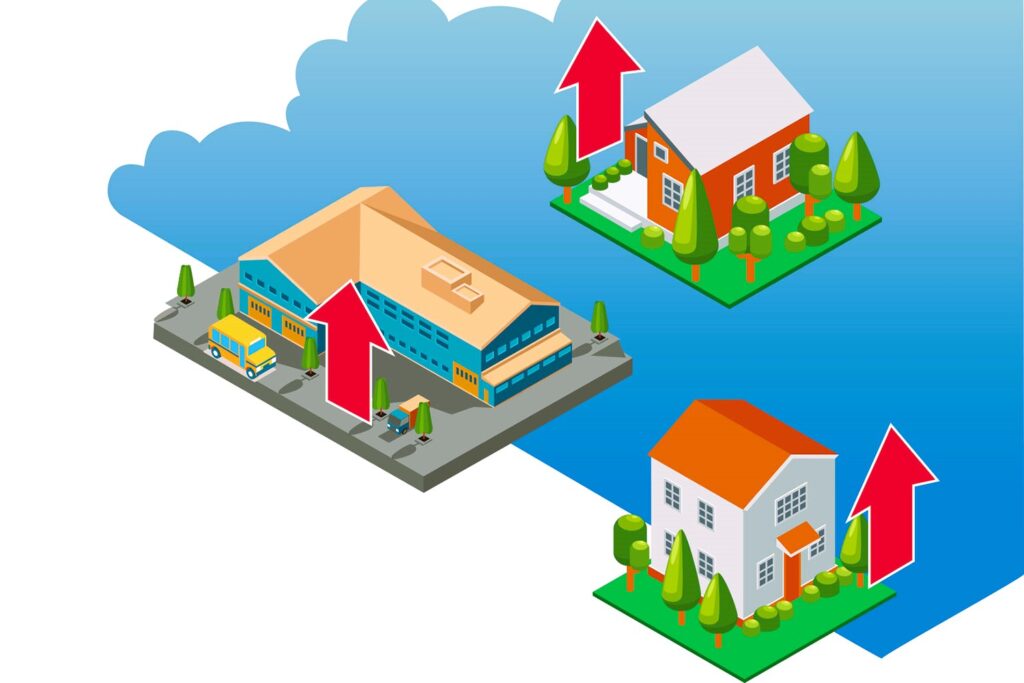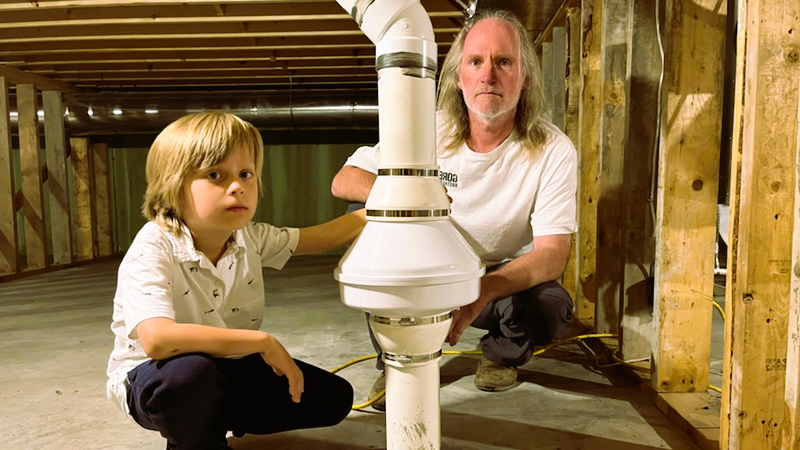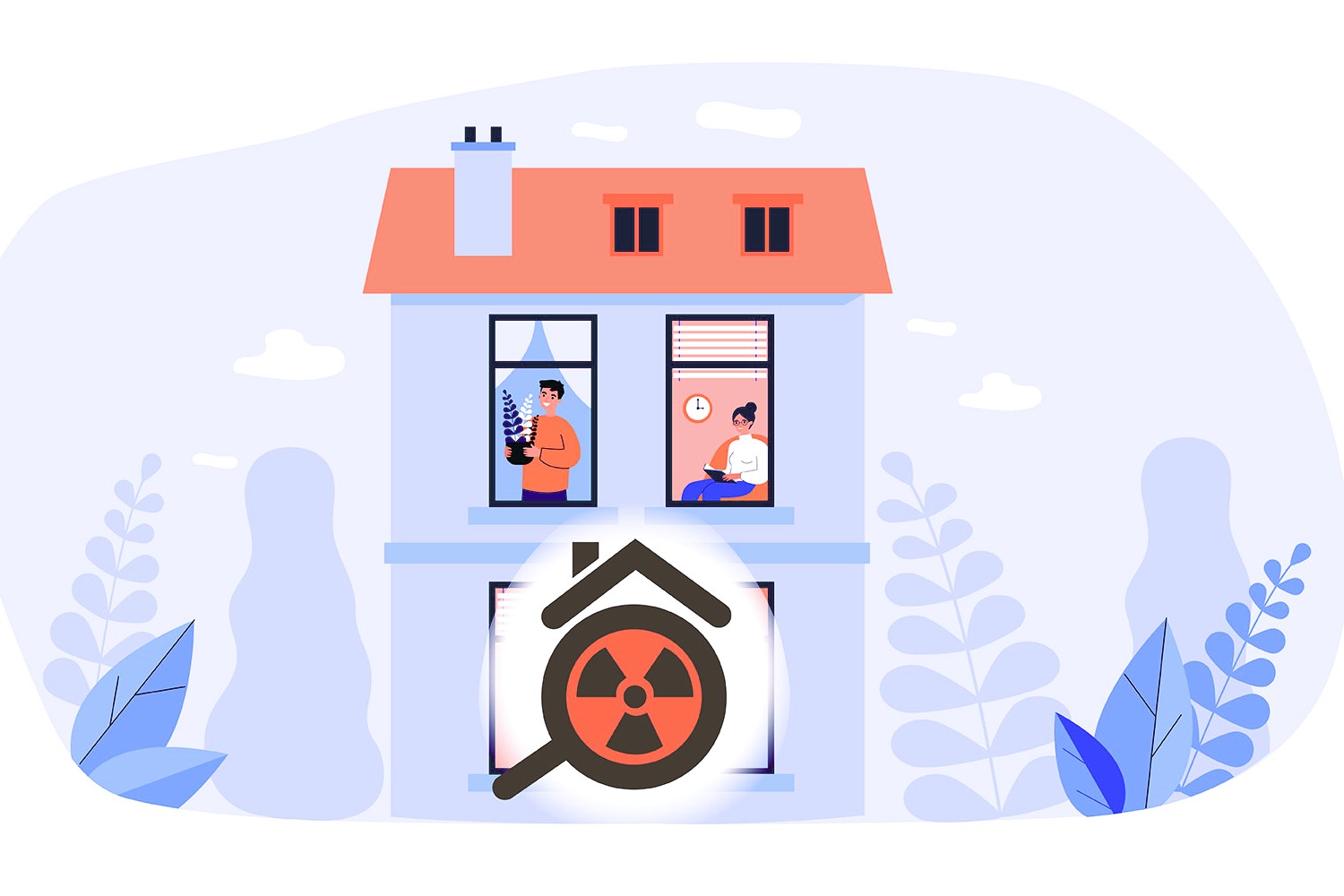Radon gas is a naturally occurring radioactive gas that can seep into buildings from the ground, posing serious health risks to occupants. In recent years, radon gas has emerged as a growing concern in Canadian homes, with elevated levels detected in various regions across the country. In this article, we’ll explore the dangers of radon gas exposure, the importance of testing for radon in Canadian homes, and strategies for mitigating radon levels to ensure a safe and healthy indoor environment.
Understanding Radon Gas
Radon is a colorless, odorless, and tasteless gas that is produced by the decay of uranium in soil, rock, and water. As radon gas moves up through the ground, it can enter buildings through cracks in foundations, gaps in construction joints, and other entry points. Once inside a home, radon can accumulate to high levels, particularly in basements and lower levels where it is confined and poorly ventilated. Long-term exposure to elevated levels of radon gas can increase the risk of lung cancer, making it a significant health concern for homeowners and occupants.
Health Risks of Radon Exposure

Exposure to radon gas is the leading cause of lung cancer among non-smokers and the second leading cause of lung cancer overall, after smoking. Radon gas decays into radioactive particles that can be inhaled into the lungs, where they release energy and damage lung tissue, increasing the risk of lung cancer over time. The risk of developing lung cancer from radon exposure depends on factors such as the concentration of radon gas, the duration of exposure, and individual susceptibility. Smokers are at even greater risk of developing lung cancer from radon exposure, as smoking combined with radon exposure significantly increases the risk. Read about fire safety checks in our article.
Testing for Radon in Canadian Homes
Testing for radon gas is the only way to determine if a home has elevated levels of radon and assess the need for mitigation measures. Health Canada recommends that all homeowners test their homes for radon, particularly in regions where radon levels are known to be elevated. Radon testing kits are readily available from hardware stores, home improvement centers, and online retailers. Short-term radon testing kits are typically used for initial screening and provide results within a few days to a few weeks, depending on the type of kit. Long-term radon testing kits are also available and provide more accurate measurements of radon levels over an extended period, typically three months to one year.
Mitigation Strategies for Radon Gas

If elevated levels of radon are detected in a home, various mitigation strategies can be implemented to reduce radon levels and minimize health risks. Common radon mitigation techniques include:
- Sub-Slab Depressurization: Sub-slab depressurization involves installing a vent pipe and fan system beneath the home’s foundation to draw radon gas from the soil and safely vent it outdoors, away from the building.
- Ventilation Systems: Improving ventilation in basements and lower levels of the home can help dilute radon gas concentrations and reduce the risk of exposure. Options include installing exhaust fans, opening windows, and improving natural ventilation.
- Sealing Entry Points: Sealing cracks, gaps, and other entry points in the foundation and building envelope can help prevent radon gas from entering the home and reduce infiltration from the surrounding soil.
- Radon Resistant Construction: Radon-resistant construction techniques, such as installing vapor barriers, radon-resistant membranes, and vent pipes during new construction or renovations, can help prevent radon entry and mitigate radon levels in homes.
- Professional Mitigation Services: In cases of high radon levels or complex mitigation needs, homeowners may need to hire certified radon mitigation professionals to design and implement customized mitigation solutions tailored to their specific circumstances.
In conclusion, addressing the growing concern of radon gas in Canadian homes requires proactive testing and mitigation strategies to ensure a safe and healthy indoor environment for occupants. By testing for radon and implementing appropriate mitigation measures, homeowners can reduce radon levels, minimize health risks, and create safer living environments for themselves and their families. For more information on radon gas and radon mitigation, visit Canada.ca.

